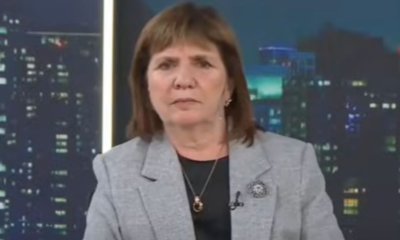INTERNACIONAL
US Marine Corps creates attack drone team as arms race with Russia, China heats up

The U.S. Marine Corps established an attack drone team earlier this year to respond to the rapid development of armed first-person view (FPV) drone technology and tactics, offering a glimpse into the evolving landscape of modern warfare and how future battles could be fought.
The Marine Corps Attack Drone Team (MCADT) will be based at the Weapons Training Battalion, Marine Corps Base in Quantico, Virginia.
The FPV drones used will offer squad-level lethality at a range of up to 20 kilometers, nearly 12.5 miles, for under $5,000, compared to more expensive weapons systems with less capability, according to a press release from the service.
The Marine Corps Attack Drone Team utilized the Skydio X2D drone as a reconnaissance drone on the range to showcase its capabilities on the battlefield. ((DVIDS / U.S. Marine Corps photo by Cpl. Joshua Barker))
«MCADT is committed to rapidly integrating armed first-person view drones into the FMF [Fleet Marine Force], enhancing small-unit lethality and providing organic capabilities that warfighters currently lack,» said Maj. Alejandro Tavizon, the headquarters company commander at Weapons Training Battalion and officer in charge of MCADT.
«By leveraging emerging technologies and refining drone employment tactics, we are ensuring that Marines remain agile, adaptive, and lethal in the modern battlespace.»
Brett Velicovich, an Army veteran with extensive drone experience, told Fox News Digital that the creation of MCADT has been long overdue as the United States enters a drone arms race with adversaries like China, Russia and Iran.
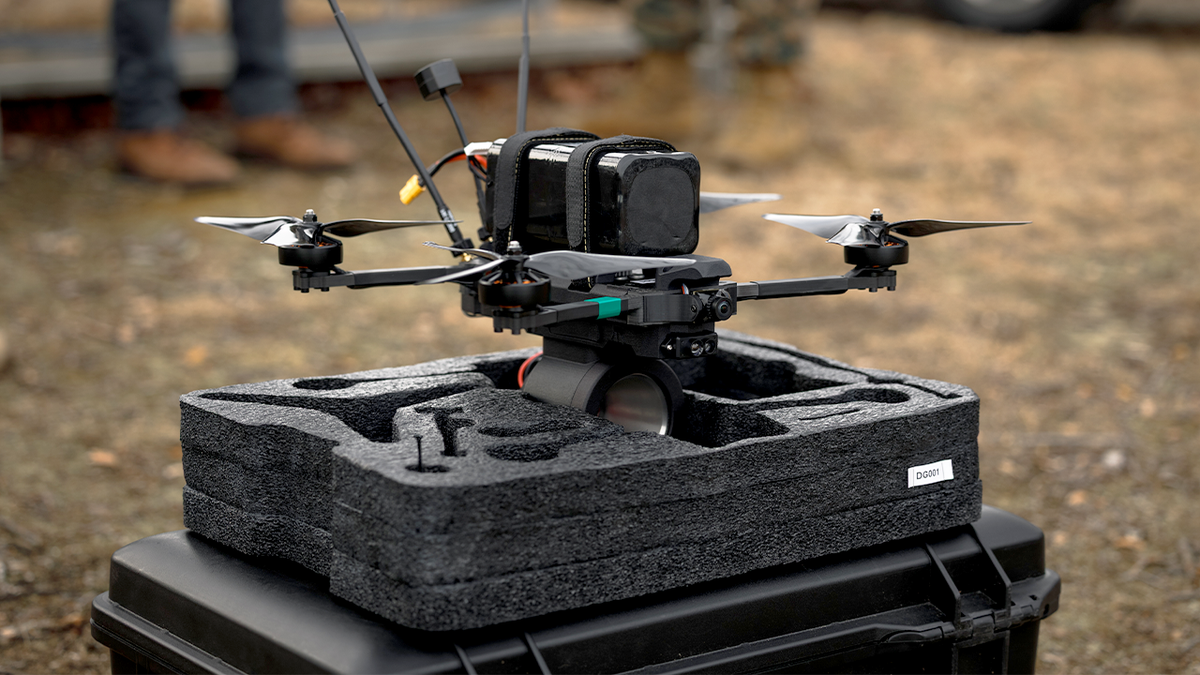
A Neros Archer first-person view drone sits on a case during a demonstration range at Weapons Training Battalion on Marine Corps Base Quantico, Virginia, March 7, 2025. ((DVIDS / U.S. Marine Corps photo by Cpl. Joshua Barker))
«For a while now, we haven’t had the needed technology, the needed expertise in low-cost, highly scalable, lethal drone technology that, frankly, is going to be the next part of every piece of the next war that we fight,» he said.
Velicovich argued that the United States is far behind other countries, especially China, when it comes to the production of drone technology, and needs to start looking at drones not just as surveillance assets, but as a form of ammunition.
He pointed to Russia’s war in Ukraine and the large-scale advancements in domestic drone production that have allowed Ukrainian forces to strike multi-million-dollar enemy tanks and vehicles with drones that cost a few hundred dollars.
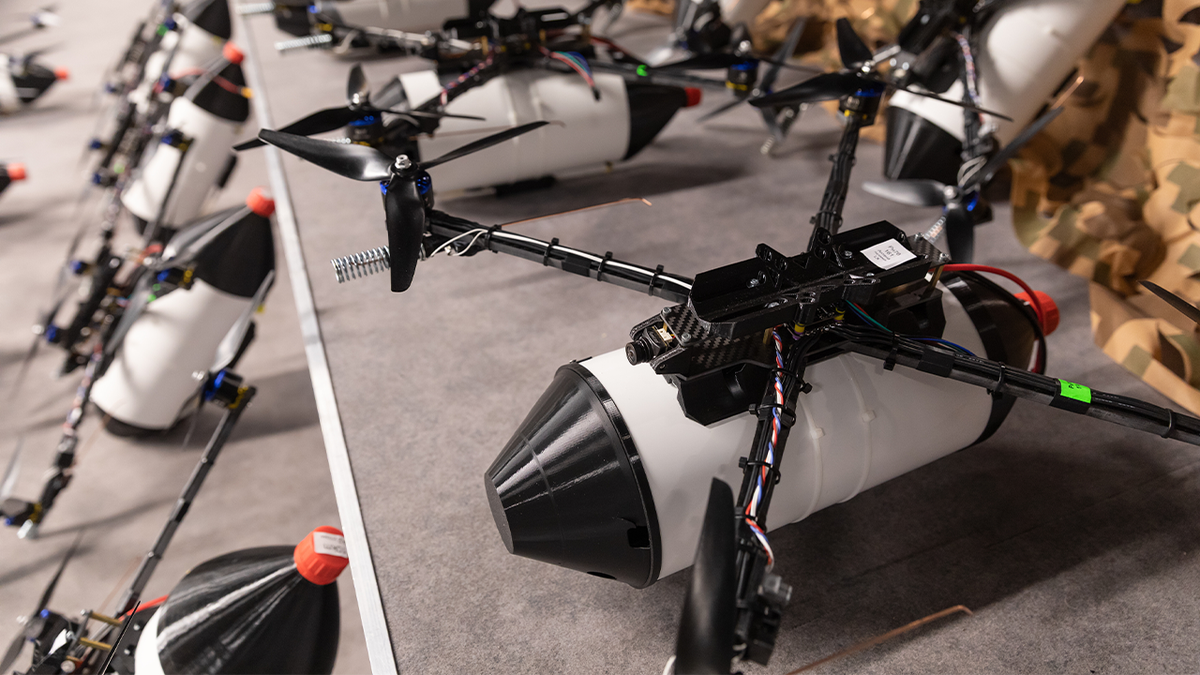
KYIV, UKRAINE – 2025/04/01: A batch of fibre optic controlled First Person View (FPV) drones are seen before being handed over to the Ukrainian armed forces. FPV drones equipped with fiber optics offer key advantages over traditional UAVs. (Photo by Mykhaylo Palinchak/SOPA Images/LightRocket via Getty Images))
Ukrainian Defense Minister Rustem Umerov announced in December that Ukraine manufactured over 1.5 million FPV drones in 2024, including reconnaissance, kamikaze and long-range deep-strike drones. Domestically produced drones accounted for 96.2% of all unmanned aerial vehicles used by Ukrainian forces during the year.
«You have companies and manufacturing plants in Ukraine building 100,000 drones per month. One manufacturing plant is building 100,000 of these things per month. That’s real scale. That’s where we need to be,» Velicovich told Fox News Digital.
The WSJ, citing one Department of Defense estimate, reported that the U.S. has the capacity to build up to 100,000 drones a year.

A Marine pilots a first-person view drone during a demonstration range at WTBn on Marine Corps Base Quantico, Virginia, March 7, 2025. ((DVIDS / U.S. Marine Corps photo by Cpl. Joshua Barker / Fox News Digital))
US, EUROPEAN ALLIES DEMAND ACTION TO END RUSSIA’S USE OF IRANIAN DRONES IN UKRAINE
The number is far below what the United States’ adversaries, such as Russia and China, produce in a year, raising national security concerns.
Russian President Vladimir Putin, speaking at a meeting of the Military-Industrial Commission in late April, said that almost all of the country’s defense enterprises had met their orders in full last year, highlighting Moscow’s efforts to ramp up its war machine.
«Over 1.5 million drones of various types were delivered, with about 4,000 so-called FPV drones equipped with virtual reality control systems supplied to the frontlines daily,» Putin said, according to a transcript released by the Kremlin. «I know well, just as many of you here do, that these weapons are still in short supply. We need more of them.»
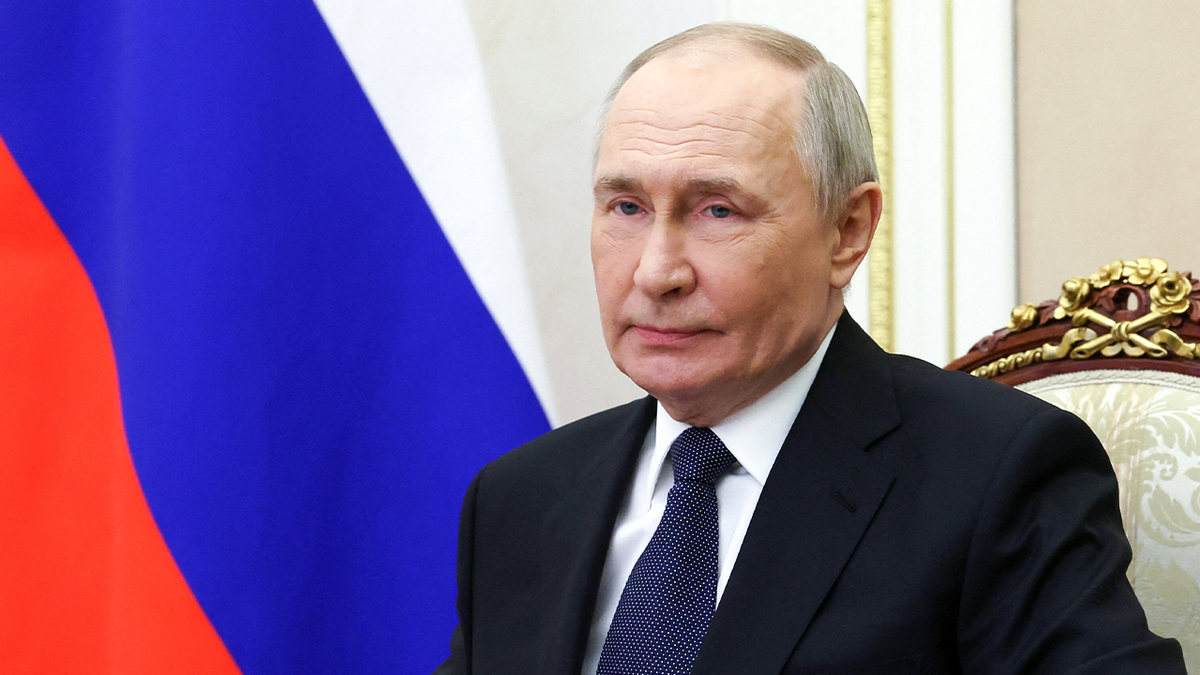
In this pool photograph distributed by the Russian state agency Sputnik, Russia’s President Vladimir Putin chairs a Security Council meeting via videoconference at the Kremlin in Moscow on March 28, 2025. ((Photo by Sergei Ilyin/Pool/AFP via Getty Images))
Chinese technology company DJI is also making significant inroads in drone production, in both U.S. and Asian markets. It touts itself as the world’s leading manufacturer of consumer and commercial drones.
Craig Singleton, a senior China fellow at the non-partisan Foundation for Defense of Democracies, told Fox News Digital that the Shenzhen-based company dominates the global drone market, controlling more than 70% of the worldwide market share.
«That’s alarming, because DJI drones are essentially data collectors for Beijing — giving China potential access to sensitive infrastructure imagery, flight patterns, and more. It’s not just a market-share problem — it’s a national security threat,» he said.
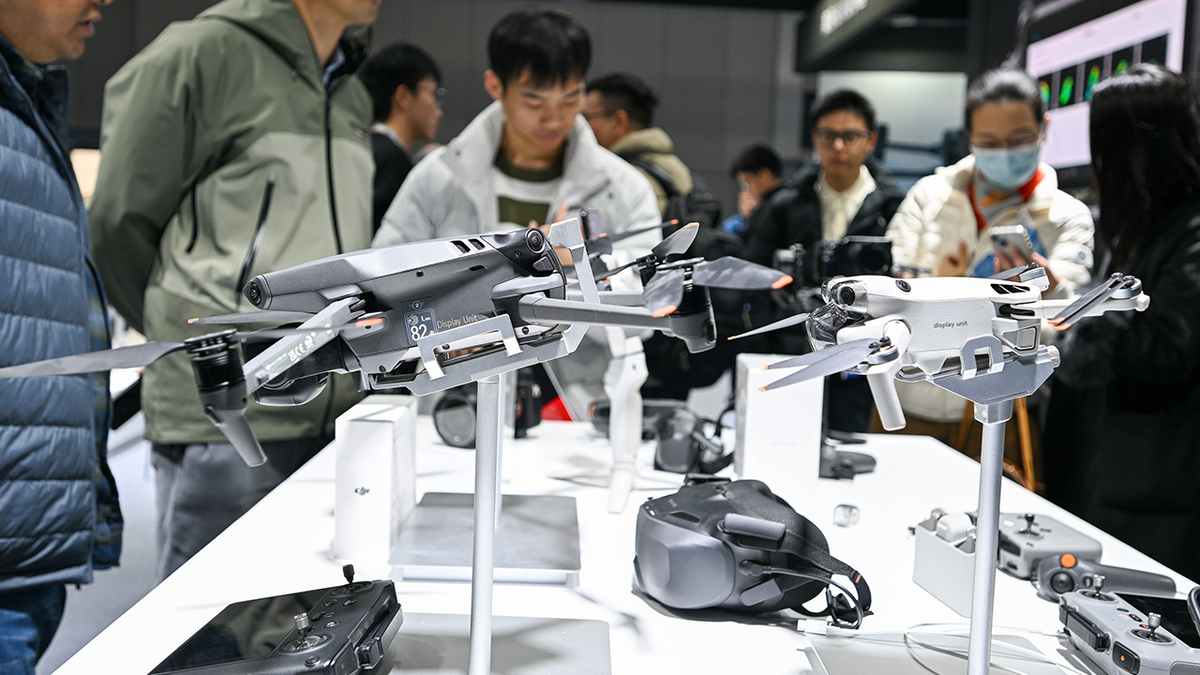
Visitors view DJI drones at the World Intelligent Manufacturing Expo 2024 in Nanjing, China, on December 20, 2024. ((Photo by Costfoto/NurPhoto via Getty Images))
AI-POWERED ATTACK DRONES TAKE FLIGHT
Singleton added that the U.S. doesn’t need to match China drone for drone, but it needs a production floor that’s sustainable, somewhere around a minimum of 250,000 drones per year.
«We are absolutely in a drone arms race with China — and losing isn’t an option. Success will depend on scaling production, protecting sensitive supply chains, and turbocharging innovation,» he said. «It’s not just about building drones — it’s about fielding smarter, cheaper and more resilient swarms faster than Beijing.»
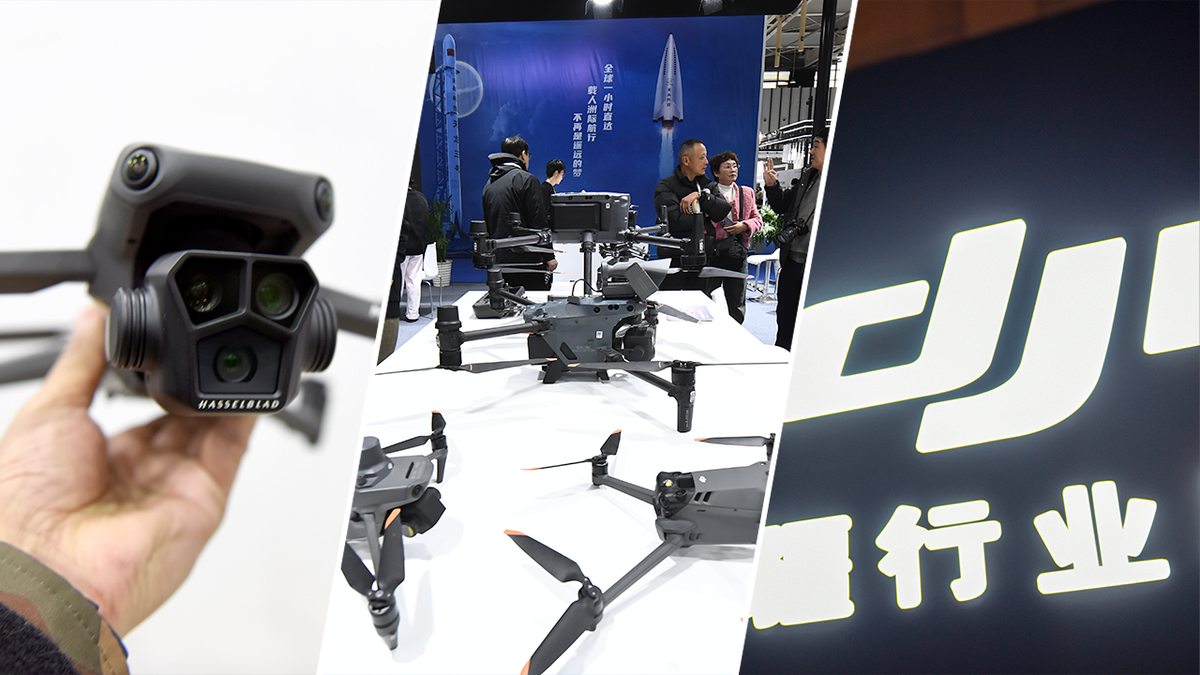
DJI drones on display. ((Costfoto/NurPhoto via Getty Images) | (CFOTO/Future Publishing via Getty Images) / Fox News Digital)
CLICK HERE TO GET THE FOX NEWS APP
The U.S. National Drone Association will host the Military Drone Crucible Championship in Florida later this summer, where the Marines and the Army’s 75th Ranger Regiment will compete to demonstrate their drone skills and tactics in modern combat.
INTERNACIONAL
Con menos tendencia «woke» y «más valores norteamericanos», Estados Unidos busca liderar la industria IA

El anuncio de Donald Trump y el plan de acción desde la Casa Blanca
Inteligencia Artificial,Casa Blanca,Donald Trump,Estados Unidos,Últimas Noticias
INTERNACIONAL
Jewish leader predicts violent future for NYC residents if Mamdani wins in November: ‘Real concern’
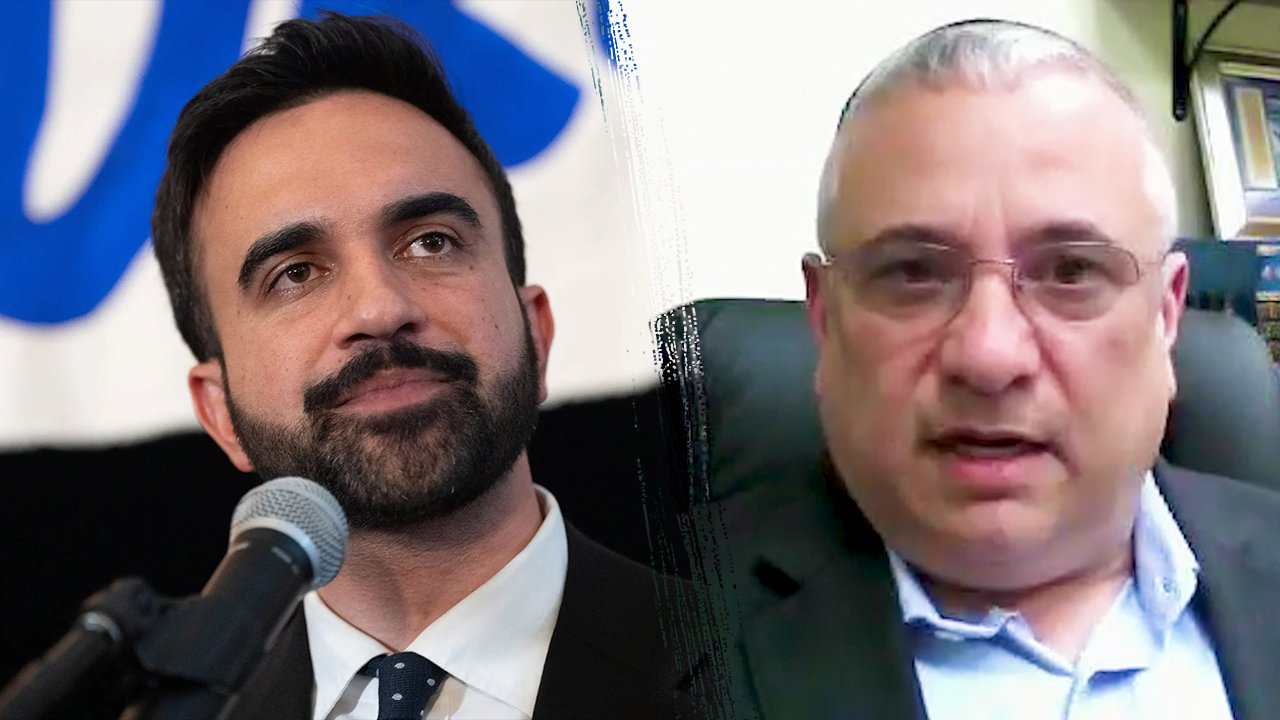
NEWYou can now listen to Fox News articles!
A New York City Jewish leader is speaking out about the possibility of a Zohran Mamdani term as mayor of New York City, telling Fox News Digital he is concerned about the safety of Jewish residents, as well as all New Yorkers.
Scott Feltman, executive vice president of the One Israel Fund, told Fox News Digital that the Jewish community in the country’s largest city is «not against» a Muslim or any person of faith running for office, but what they do oppose is candidates that «align themselves with nefarious actors» like Hamas or Hezbollah.
«He was just recorded at a local mosque where the Imam of that mosque has basically called for the death of IDF soldiers and praised the efforts of Hamas,» Feltman said. «So that’s what we’re opposed to, and it’s a very, very real serious concern.»
Feltman pointed to the rise of antisemitic attacks in recent years, particularly in New York City, which he says has «created a certain trepidation in the Jewish community and having this particular candidate now making such inroads» is a «real concern.»
UNEARTHED MAMDANI CLIP REVEALS HOW HIS UPBRINGING MADE HIM OPEN TO BEING CALLED ‘RADICAL,’ SOCIALIST
Fox News Digital spoke to One Israel Fund EVP about the rise of Zohran Mamdani in NYC. (Getty; Fox News Digital)
Two Israeli embassy staffers were killed in Washington, D.C., earlier this year by a man shouting «free Palestine» around the same time that an Egyptian man targeted a pro-Israel demonstration, killing one person and injuring several others, in Boulder, Colorado.
«I know that every single day I fear for my own staff knowing that our organization has been called out by this candidate, and we have no idea, you know, who’s following him and what their interests and what their actions may be. So it is a real serious concern.»
Mamdani, along with actress Cynthia Nixon, called out the One Israel Fund earlier this month in a post Feltman responded to with an article in American Thinker.
«When you go out and you align yourselves with terminology like globalize the intifada, which is basically a euphemism for kill Jews all over the world, that’s what it is, the intifada was basically a movement in Israel 25 years ago to destroy the state of Israel and didn’t discriminate against civilian or military personnel,» Feltman told Fox News Digital.
NYC COUNCILWOMAN WARNS MAMDANI VICTORY WILL DRIVE AWAY KEY VOTING BLOC: ‘AFRAID TO LIVE HERE’
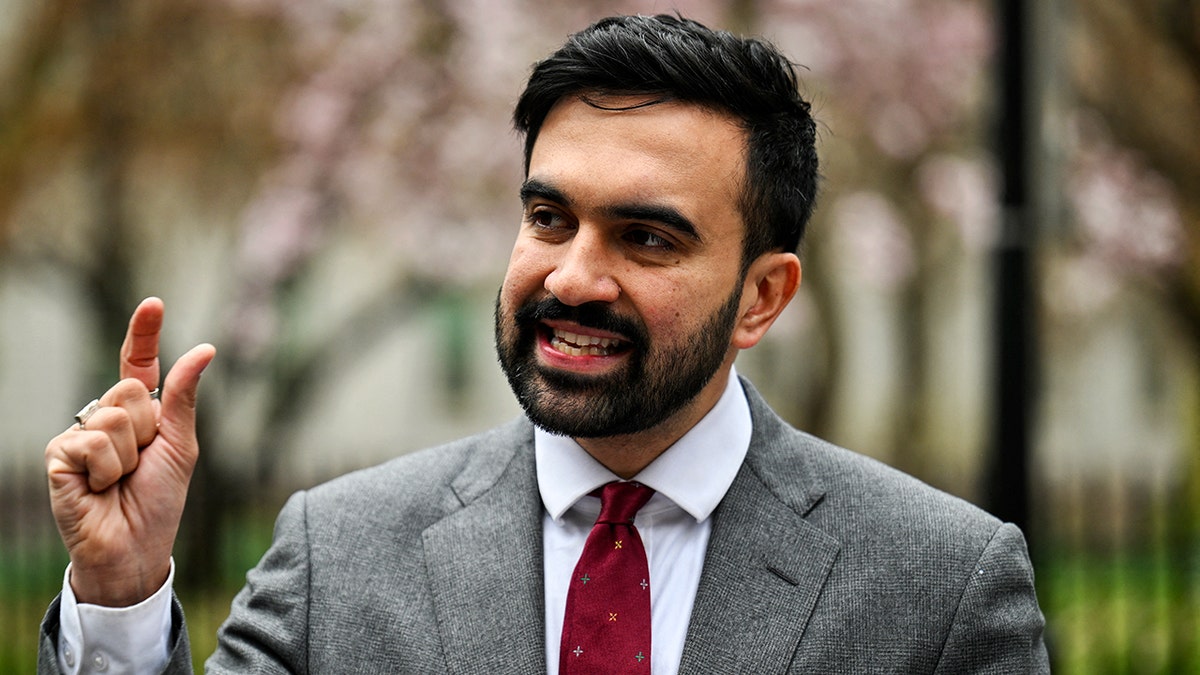
Zohran Mamdani campaigns in New York City on April 16, 2025. (Angela Weiss/AFP via Getty Images)
«And when you want to globalize that, the messaging is very clear to the people who are listening and following and that has put many people in the Jewish community, if not all of us, on notice and has created the feeling of genuine concern. I’m concerned for New York City in general. It’s not just the Jewish community. His platform of defunding the police and basically offering all kinds of free things to people, which I don’t think he can even accomplish, even though he keeps doubling down on the rhetoric, but just defunding the police puts everyone here in jeopardy.»
Mamdani has been widely criticized for his initial failure to condemn the phrase «globalize the intifada», which many Jewish people view as a call for violence. Mamdani eventually walked back his initial reluctance by saying he discourages people from using the phrase and told business leaders he would not use it.
CLICK HERE TO GET THE FOX NEWS APP
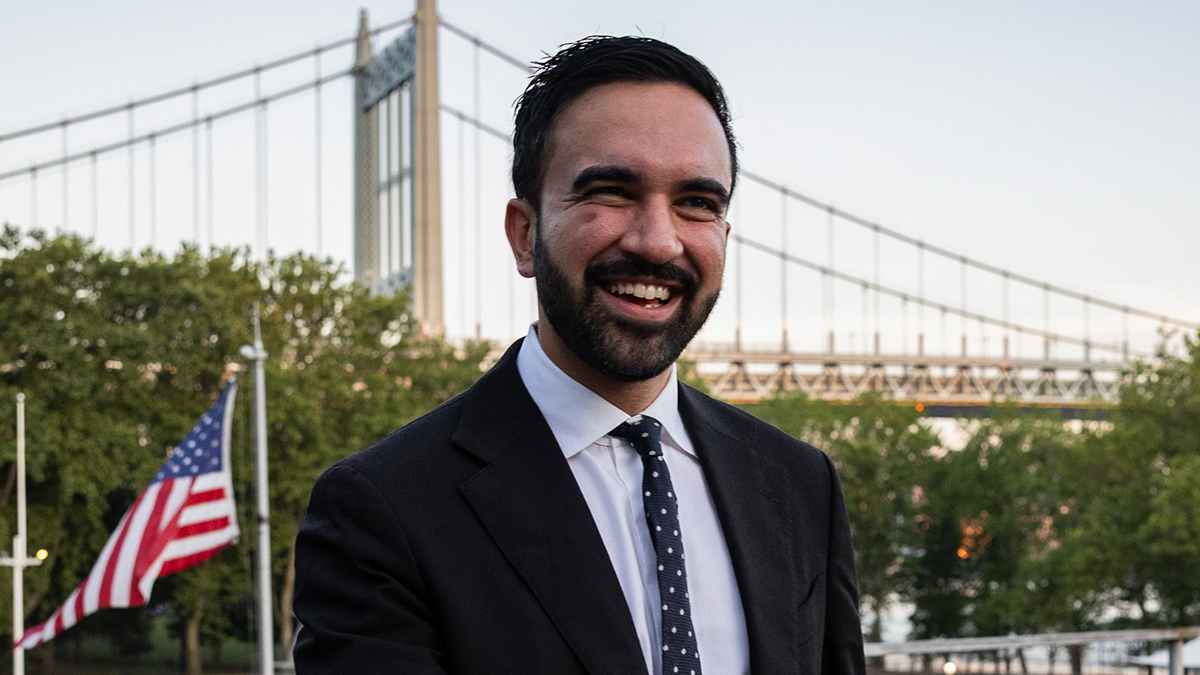
Zohran Mamdani arrives for a news conference at Astoria Park in the Queens borough of New York, on June 24, 2025. (Christian Monterrosa/Bloomberg via Getty Images)
Feltman referred to Mamdani as a «social media darling» and complimented the way he has been able to mobilize voters but said, ultimately, while discussing his rise, that the education system has done a «tremendous injustice to our children, especially on the university level where we see antisemitism exploding exponentially.»
Fox News Digital reached out to Mamdani’s campaign for comment.
INTERNACIONAL
UN court rules wealthy nations pay up for climate change damages in controversial global ruling

NEWYou can now listen to Fox News articles!
The United Nations’ highest court on Wednesday ruled that wealthy countries must comply with their commitments to curb fossil fuels and pollution or risk being held financially liable by nations hit the hardest by climate change.
The 15-member U.N. International Court of Justice said that treaties compel rich nations to curb global warming and that the countries were also responsible for the actions of companies under their jurisdiction or control, Reuters reported.
«States must cooperate to achieve concrete emission reduction targets,» Judge Yuji Iwasawa said at The Hague. «Greenhouse gas emissions are unequivocally caused by human activities which are not territorially limited.»
TRUMP CELEBRATES SUPREME COURT LIMITS ON ‘COLOSSAL ABUSE OF POWER’ BY FEDERAL JUDGES
Climate activists and campaigners demonstrate outside the International Court of Justice (ICJ) ahead of Wednesday’s opinion that will likely determine the course of future climate change at The Hague, Netherlands, July 23, 2025. (REUTERS/Marta Fiorin)
Failure to do so could result in «full reparations to injured states in the form of restitution, compensation and satisfaction provided that the general conditions of the law of state responsibility are met,» the report states.
In response to the ruling, White House spokeswoman Taylor Rogers told Fox News Digital that «as always, President Trump and the entire Administration is committed to putting America first and prioritizing the interests of everyday Americans.»
U.N. Secretary-General Antonio Guterres said the court opinion affirms that Paris climate agreement goals need to be the basis of all climate policies.
SCOTUS RULES ON TRUMP’S BIRTHRIGHT CITIZENSHIP ORDER, TESTING LOWER COURT POWERS
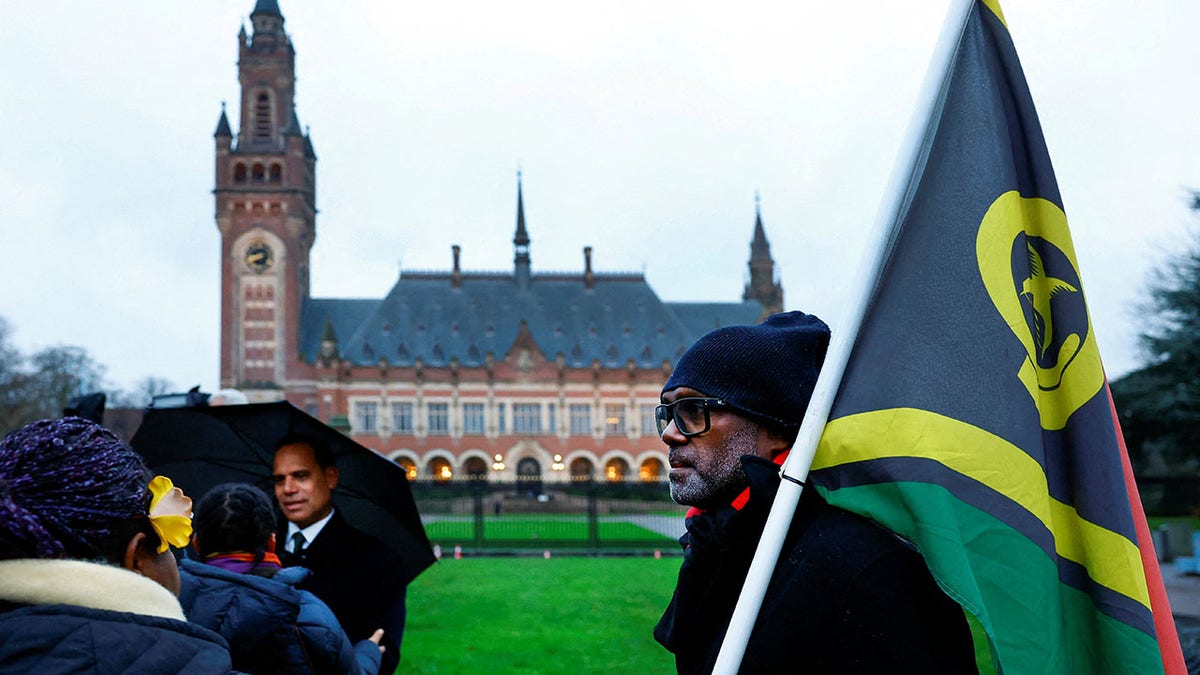
Tuvalu delegation arrives for the United Nations’ top court International Court of Justice (ICJ)’s public hearings in an advisory opinion case, that may become a reference point in defining countries’ legal obligations to fight climate change, in The Hague, Netherlands, December 2 2024. (REUTERS/Piroschka van de Wouw/File Photo)
«This is a victory for our planet, for climate justice, and for the power of young people to make a difference,» he said. «The world must respond.»
Wednesday’s ruling was hailed by a number of small nation states.
«I didn’t expect it to be this good,» said Ralph Regenvanu, the climate minister for the Pacific island nation of Vanuatu.
CLICK HERE TO GET THE FOX NEWS APP
Many developing nations and small island states have said they are at great risk from rising sea levels. Some have sought clarification from the court after the 2015 Paris Agreement failure to curb the growth of global greenhouse gas emissions.

 POLITICA2 días ago
POLITICA2 días ago🗳️ El chamuyo de las elecciones en la Provincia: se postulan, pero no a asumen

 POLITICA2 días ago
POLITICA2 días agoFuerte malestar en la CGT por la ausencia de gremialistas en las listas bonaerenses del peronismo

 CHIMENTOS1 día ago
CHIMENTOS1 día agoEl desgarrador testimonio del hermano de Locomotora Oliveras: “El daño es irreversible, solo puede vivir con respirador”













